One of my favourite games of all time was UFO: Enemy Unknown, known as X-COM: UFO Defense in North America. If there’s one game I played more than Baldur’s Gate, it was this. So when I heard a remake was on the way, I was hesitantly excited. Could it truly reimagine one of my all-time favourites without losing what made it special?
Released in 2012, XCOM: Enemy Unknown isn’t the original game with a lick of CGI paint. It is a remake from the ground up, a much smoother and simpler experience geared towards a modern gaming audience. It’s a streamlined experience with a cinematic flair, but that doesn’t mean that there is a lack of depth in this turn-based strategy game.
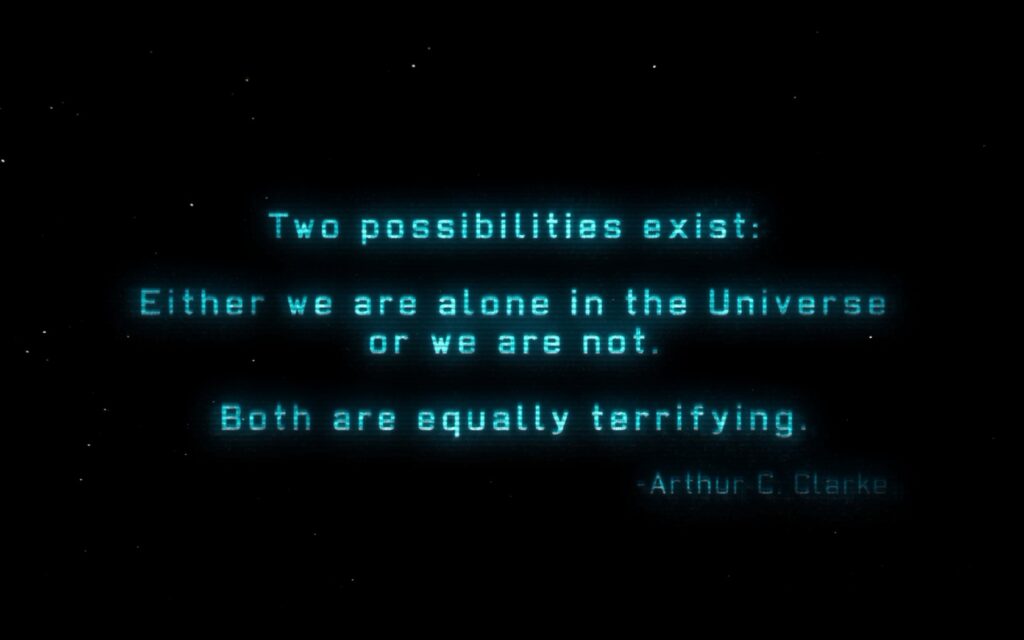
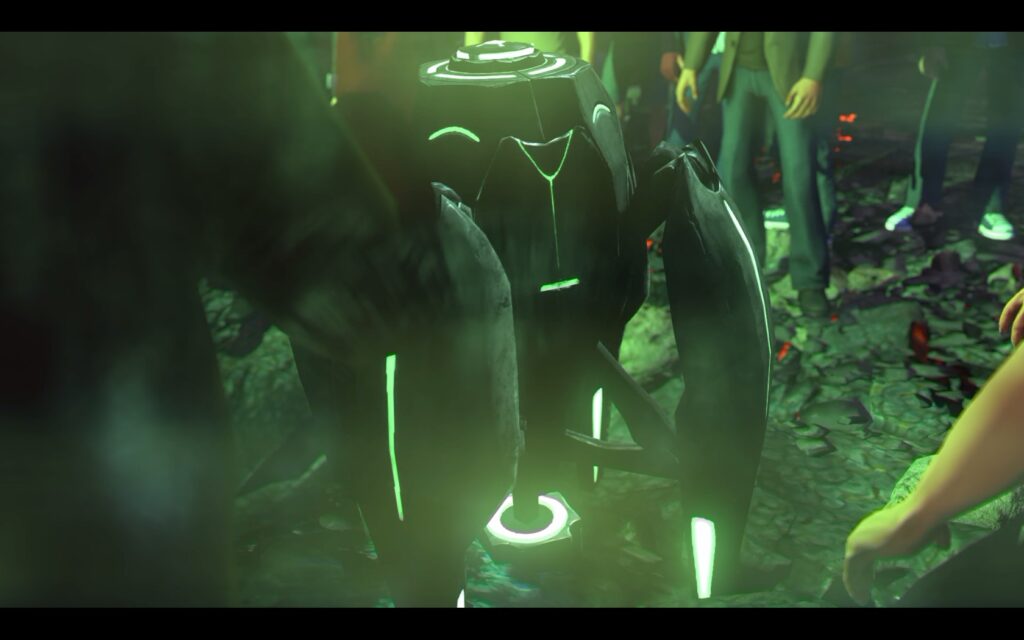
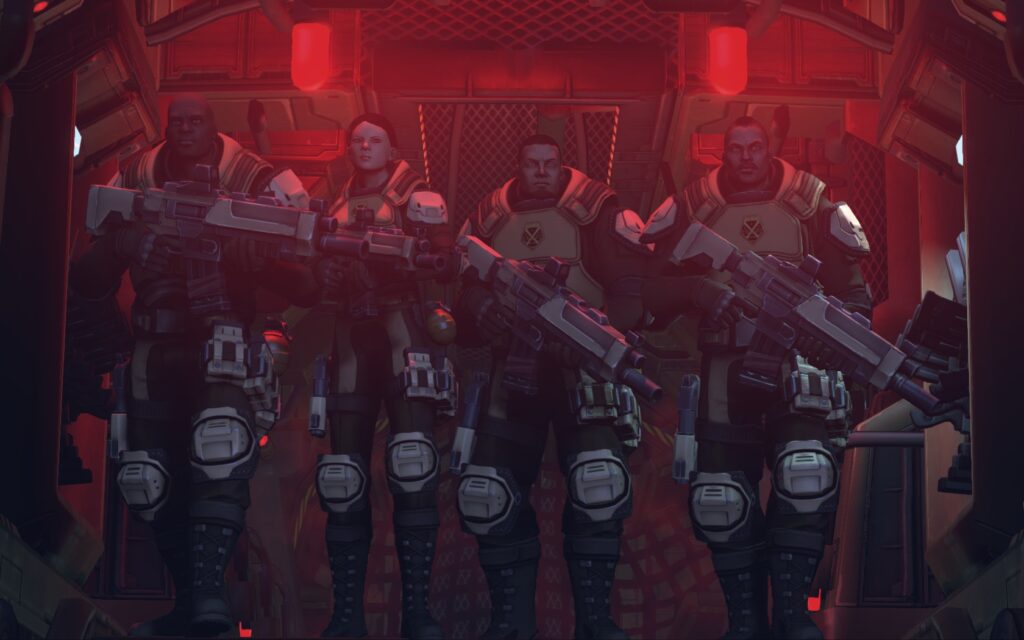
Disclaimer
I used to work for 2K China, but I had no involvement in the development of any XCOM games.
Base Building
When you start a new game, you will be asked where you want your starting base to be. In the original you could place a base anywhere on earth, but in XCOM your base has to go in one of 5 continents. Also, rather than being able to build as many bases as you want, you only get one base to manage.
Rather than building bases to cover more area, XCOM has you launch satellites over various regions that will scan for UFOs. Then, just as in the original, you’ll launch interceptors to try and shoot down those UFOs.

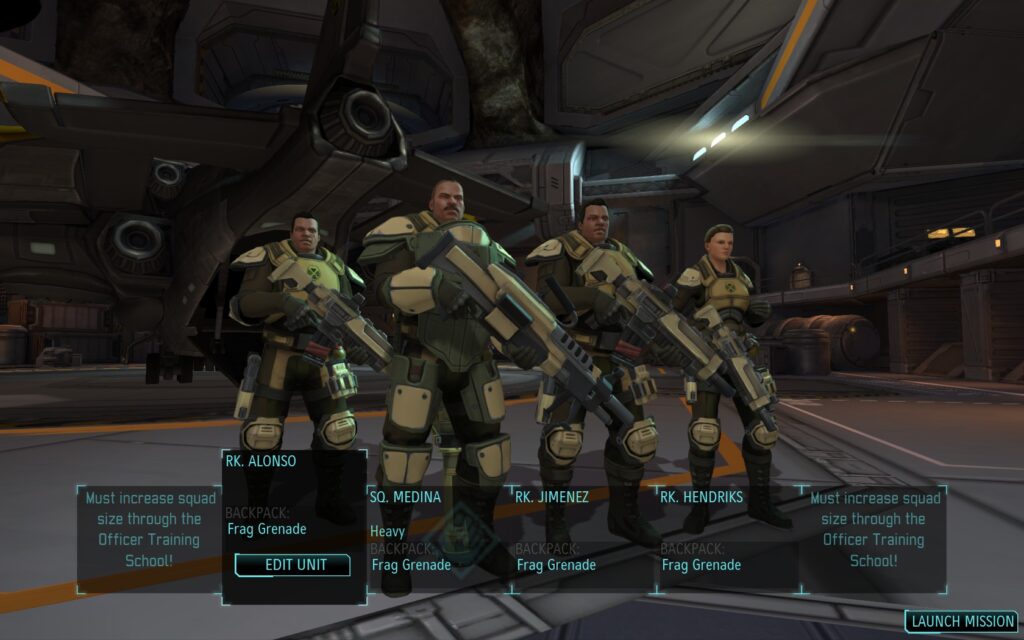

The base itself comes already equipped with certain rooms needed for the game: a Research Lab, Engineering, a Barracks, a Situation room, and Mission Control. Beneath the base you can dig out areas in order to create space for more facilities which you can order from your engineers.
This is a mostly streamlined system that removes a lot of options from the player. However, it still leaves players with interesting choices in what to research, what to build and when. Launching satellites over regions can help keep them safe, and you can also man each region with one or two interceptors to help protect them.
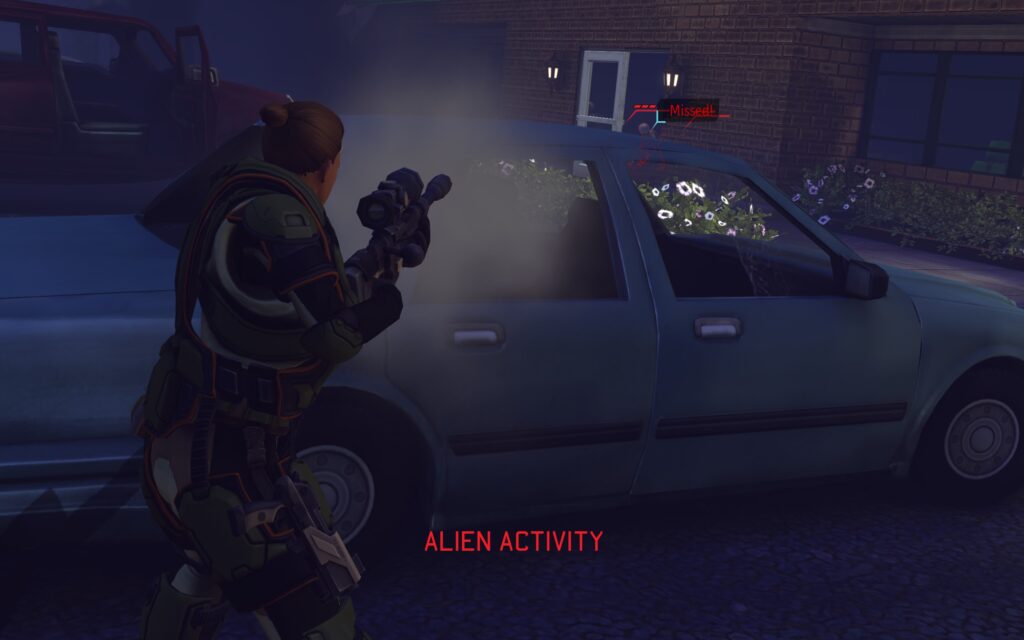
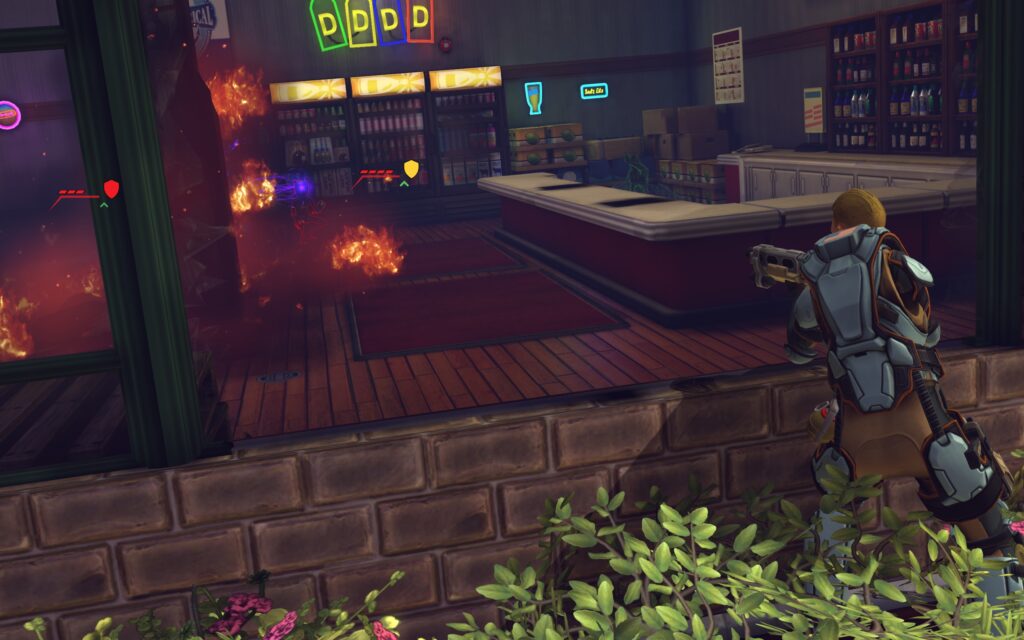

While it lacks a lot of the detail the old Geoscape had, it makes the game more accessible and easy to get into and play. Many of my games of UFO Defense had to be restarted because I forgot to build a specific facility or buy certain items before getting into missions. XCOM gives you everything you need to get started, while still leaving you to manage and make choices that will affect the outcome of the game.
However, in order to keep building new facilities and equipment, you need a steady income. This is where the Council and their funding come into play.
Council Funding
As a secret global organisation, XCOM depends on funds from various regions around the world. If you don’t do enough to keep a region feeling secure, you could lose that region to the aliens and they will withdraw their funding. This keeps in line with the original, the only difference being that you need to launch a satellite over a region to start receiving funds from them.
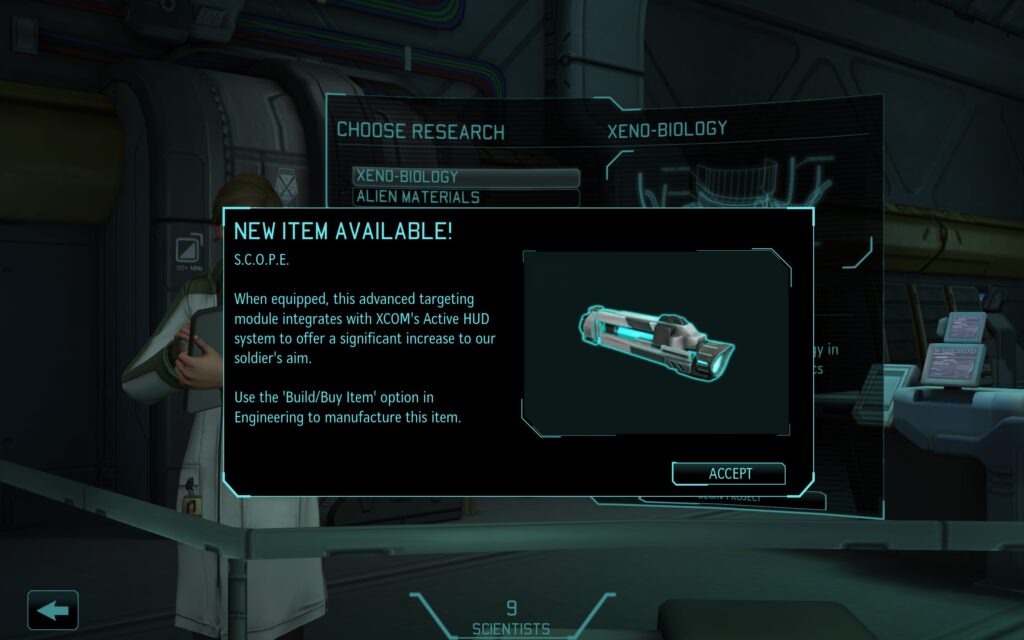
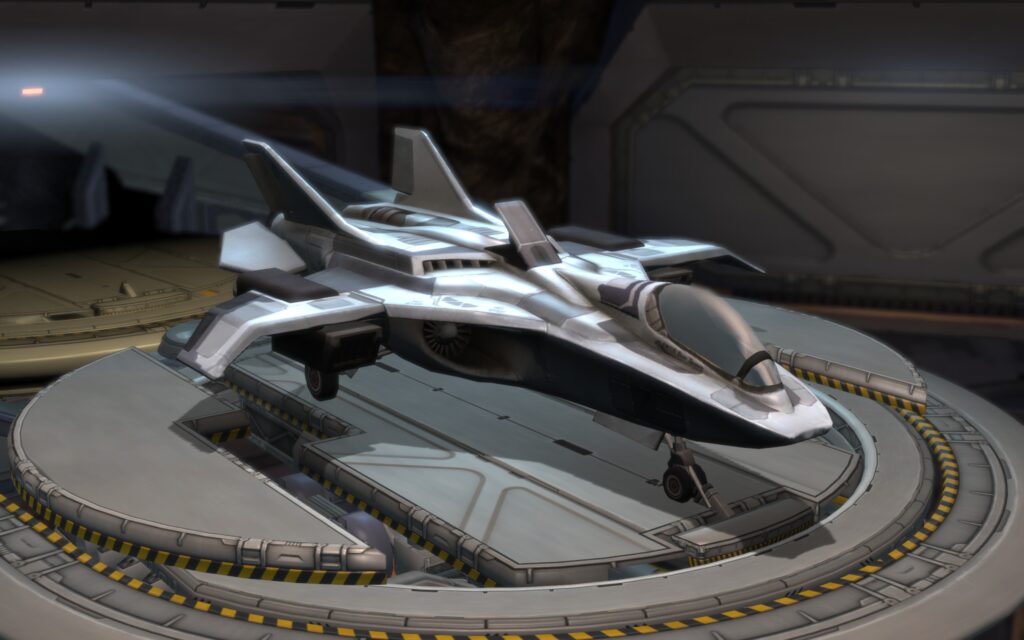

In the Situation Room you can keep track of how much panic each region feels. If things get too serious they will leave the XCOM project and you will lose that region forever. In order to maintain order and reduce a region’s panic level, you can launch satellites, or you can complete missions in that region.
Missions
XCOM brings back the Geoscape, a representation of the globe. This is now situated in the Mission room. In this room you can start to scan for UFOs, and time will start rushing by. It will stop whenever an important event occurs, allowing you to set new research projects, or build new equipment, and so on.
This is also how you will uncover missions. You don’t have to do all the missions, and for some missions you are forced to choose 1 of 3. Completing a mission in an area will reduce panic, but skipping a mission increases panic and potentially loses you a region and their much needed funding.
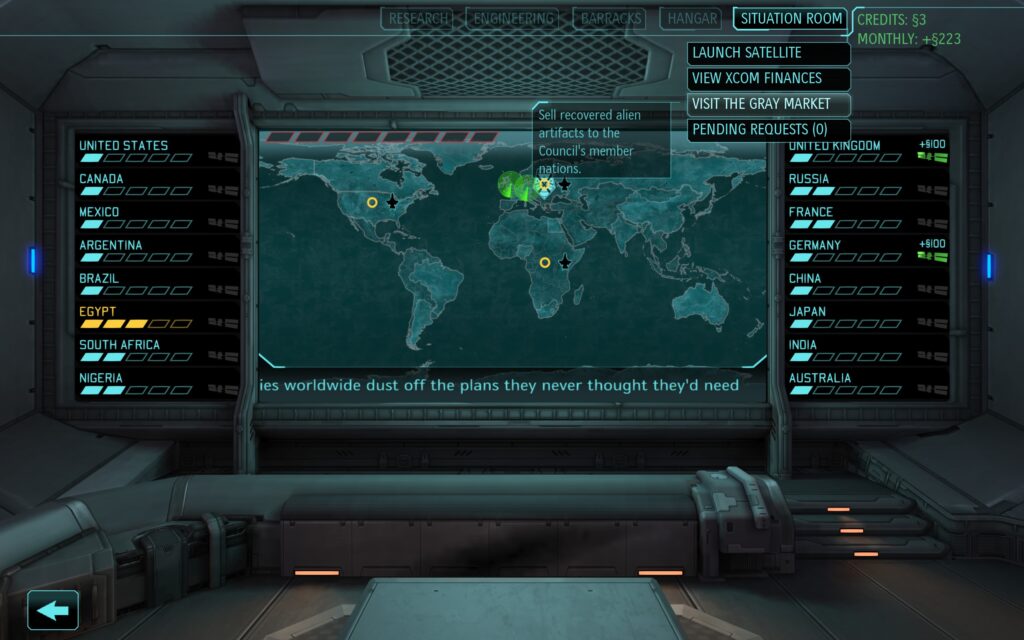

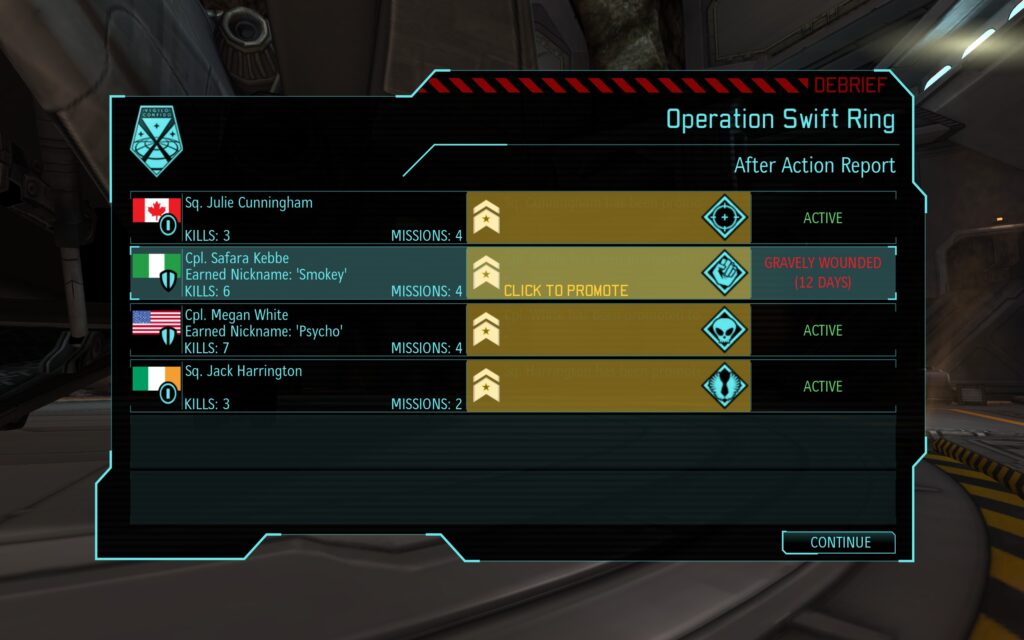
The missions themselves are still turn-based. You control a group of up to 6 soldiers fighting aliens in cities and alien space ships. The missions are a little more “on-the-rails”, as it’s usually obvious where you need to go to find the next group of aliens to fight.
The new “hearing” mechanic also helps, as soldiers will tell you if they hear the sounds of aliens from a certain direction. This means you will rarely, if ever, experience the pain of searching an entire map for that last alien’s hiding spot.
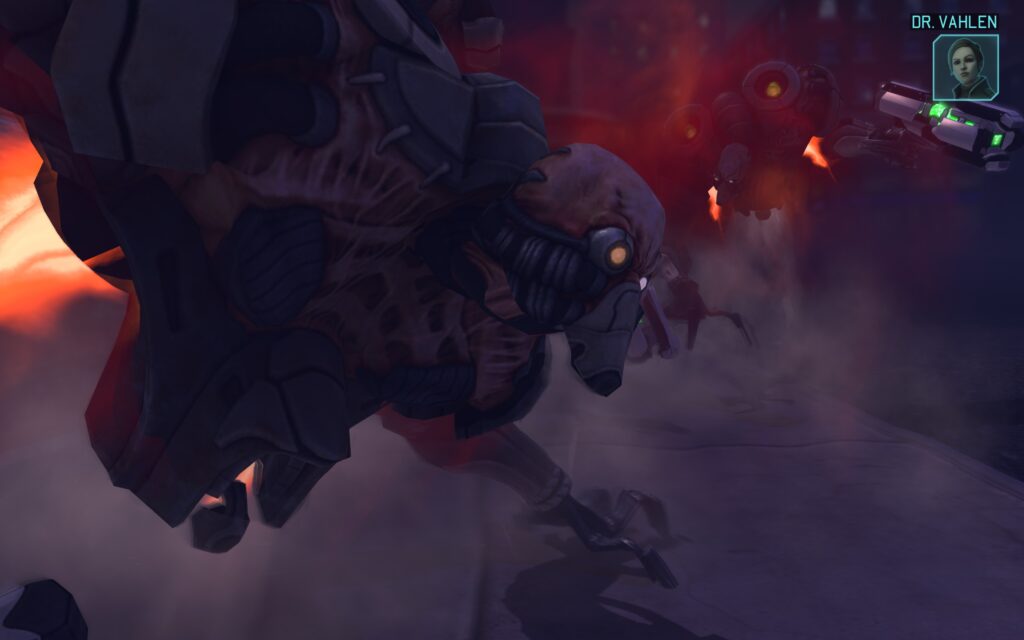
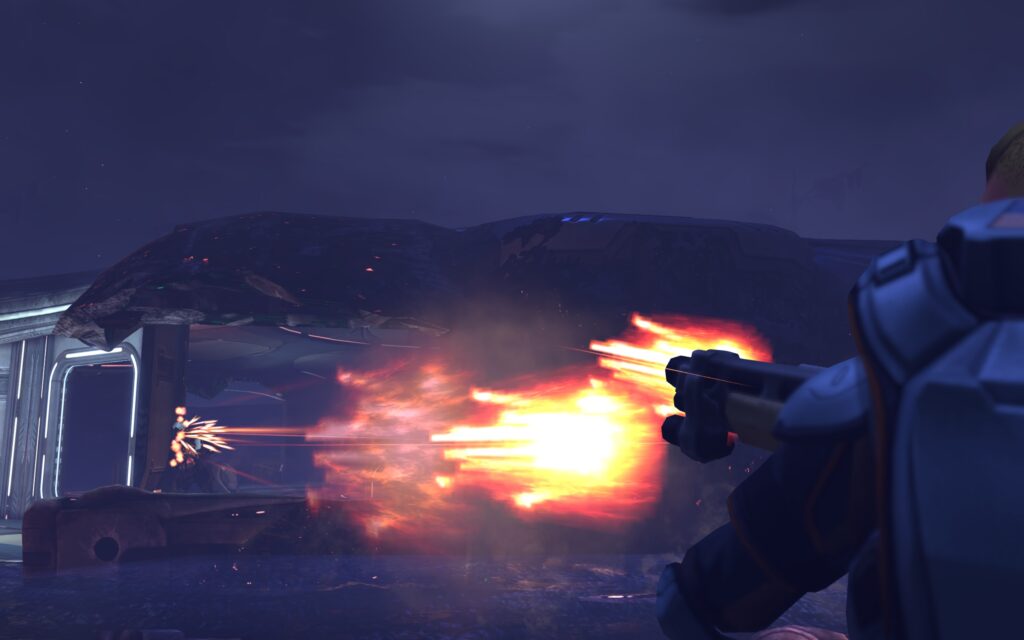
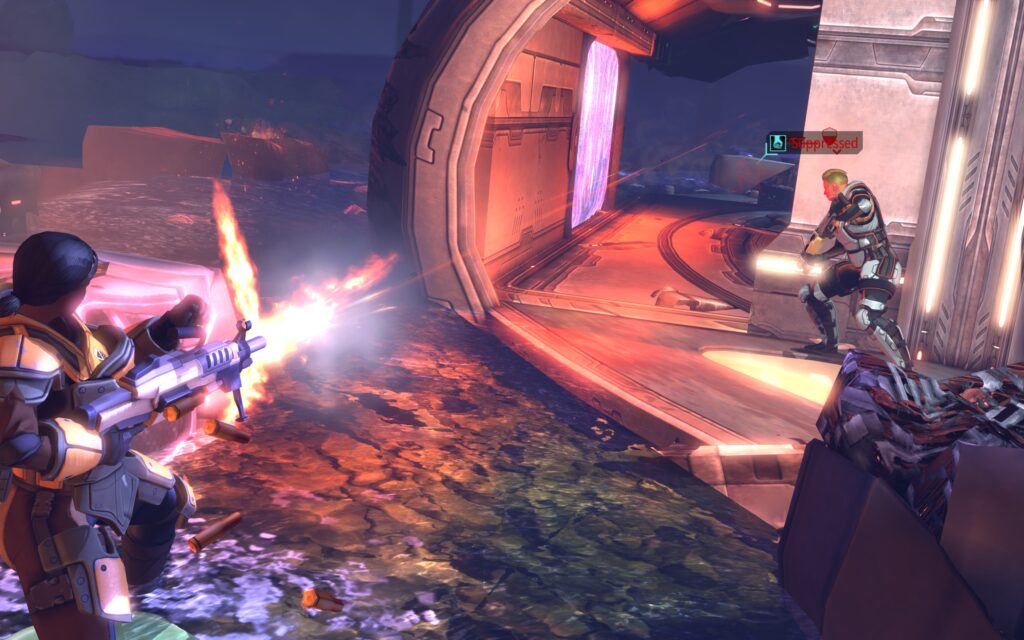
This saved me from disaster on one mission where I was slowly advancing into a UFO when on of my soldiers heard a sound behind them. Knowing that there was an enemy there, I was able to reposition my troops and find the aliens before they could ambush my squad.
On completing a mission you will bring back the bodies of the aliens you killed, as well as any equipment or space ship components your soldiers uncover. These can then be researched, allowing you to unlock new technologies to use against the alien forces.
Research and Development
Research and engineering make a return in XCOM: Enemy Unknown. You will build up teams of scientists and engineers that will help you develop new toys for your soldiers to use in battle. You can’t buy them directly, but they can be earned by completing missions, and will grow in number every month based on where you have satellites launched.
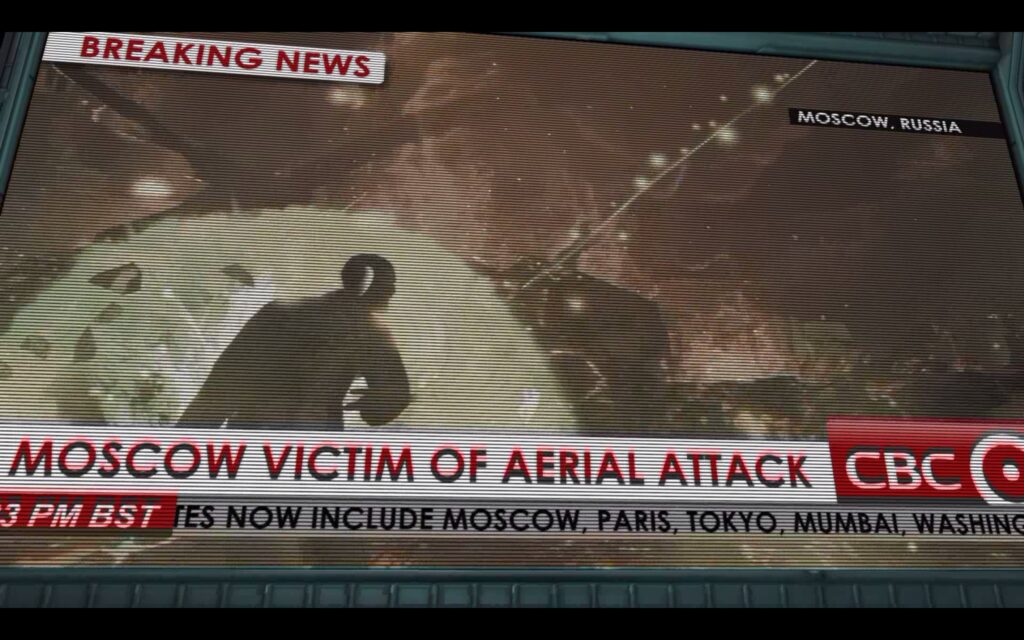
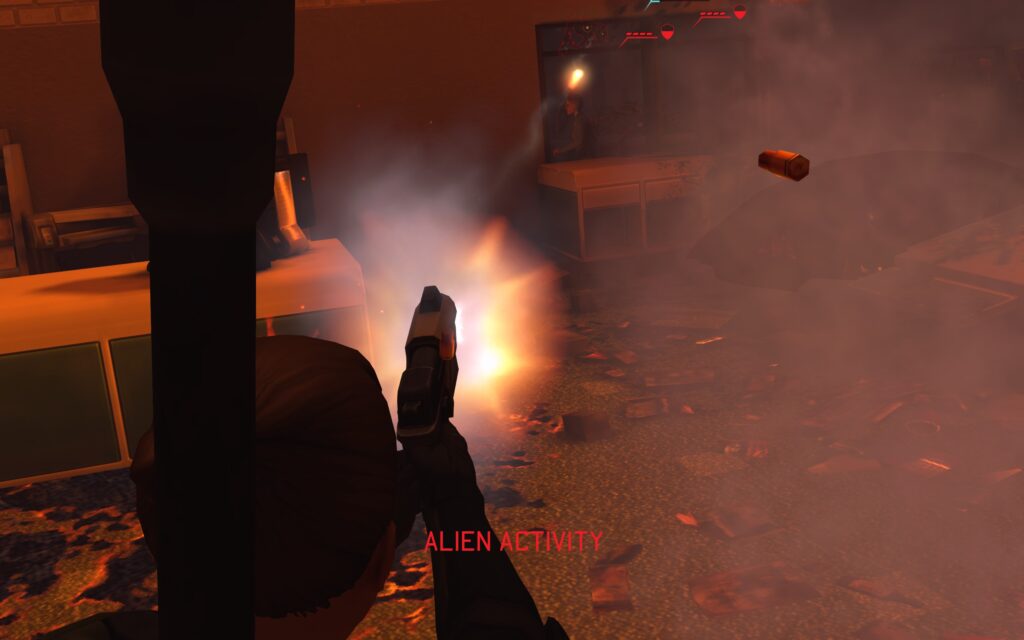
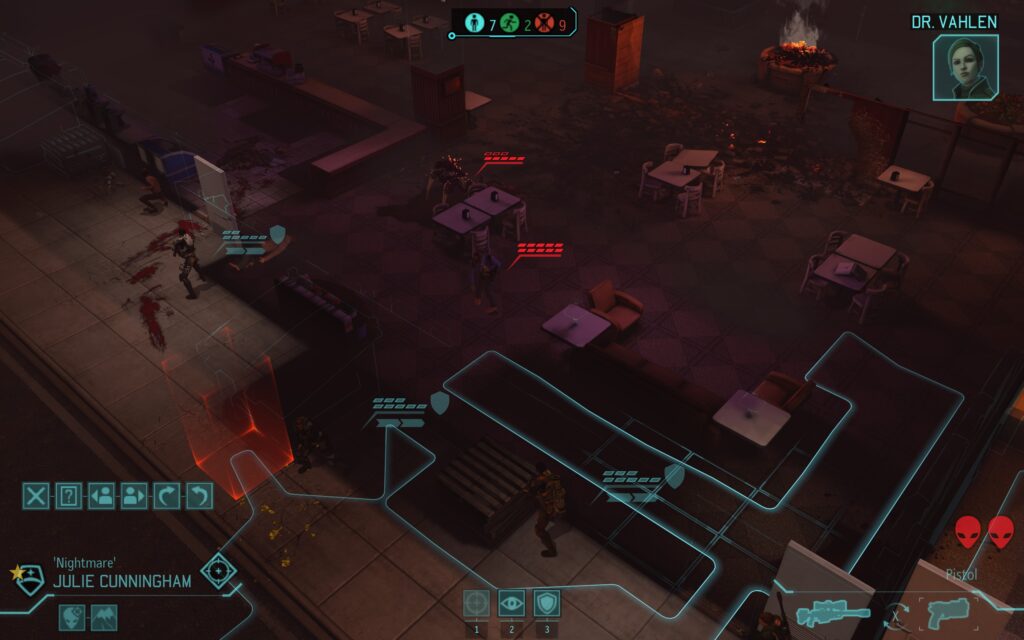
Scientists make research complete faster, and engineers make technology cheaper to build. It’s simple, and easier to manage than the multiple teams on multiple bases from XCOM’s predecessor. The tech tree is also much smaller, meaning the game can be completed in a shorter time and there’s very little chance that you will miss any of it.
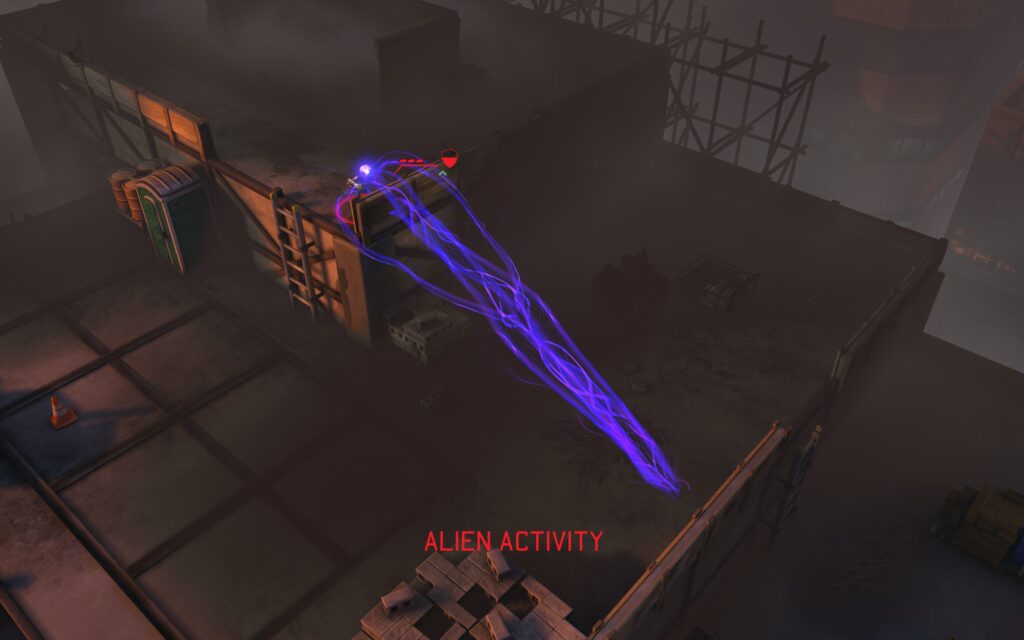
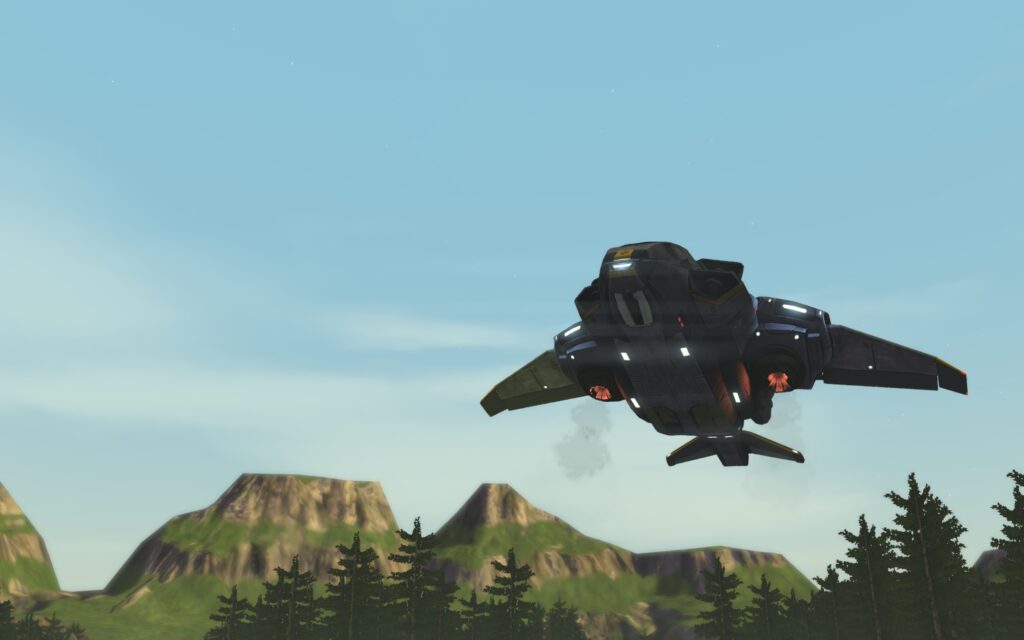
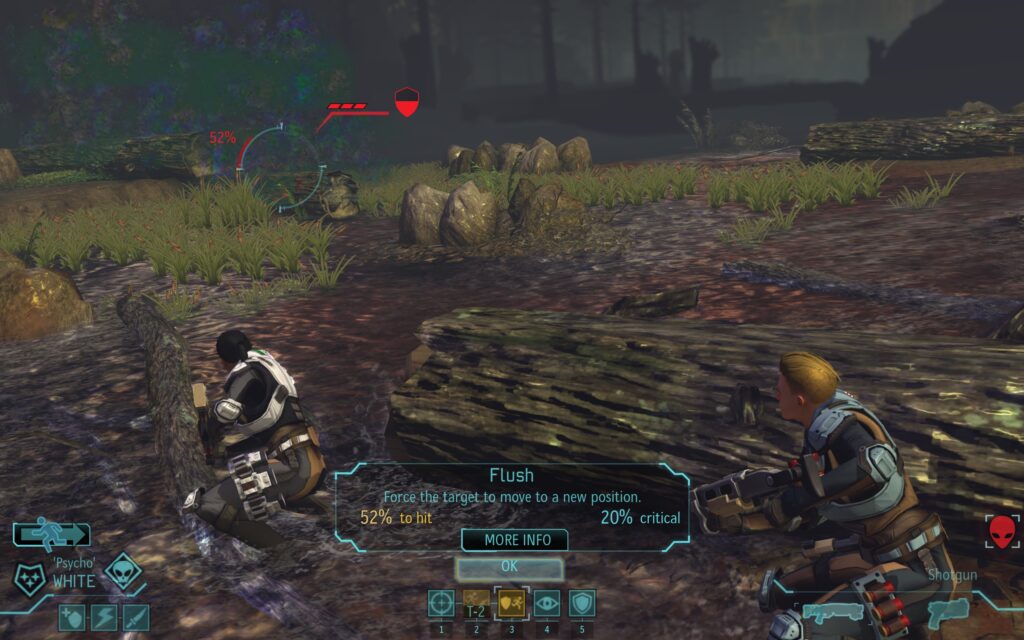
Of course, alien artefacts for research aren’t the only thing you will learn from completing missions. Soldiers themselves will learn to be better fighters.
Soldiers
As soldiers kill aliens, they gain experience. With enough experience they gain ranks which award them with new abilities. All soldiers start out as Rookies, and gain a class when they level up to Squaddie. There are four classes: the fast-moving Assault class, the Heavy equipped with a rocket launcher, the long range sniper, and the Support class.
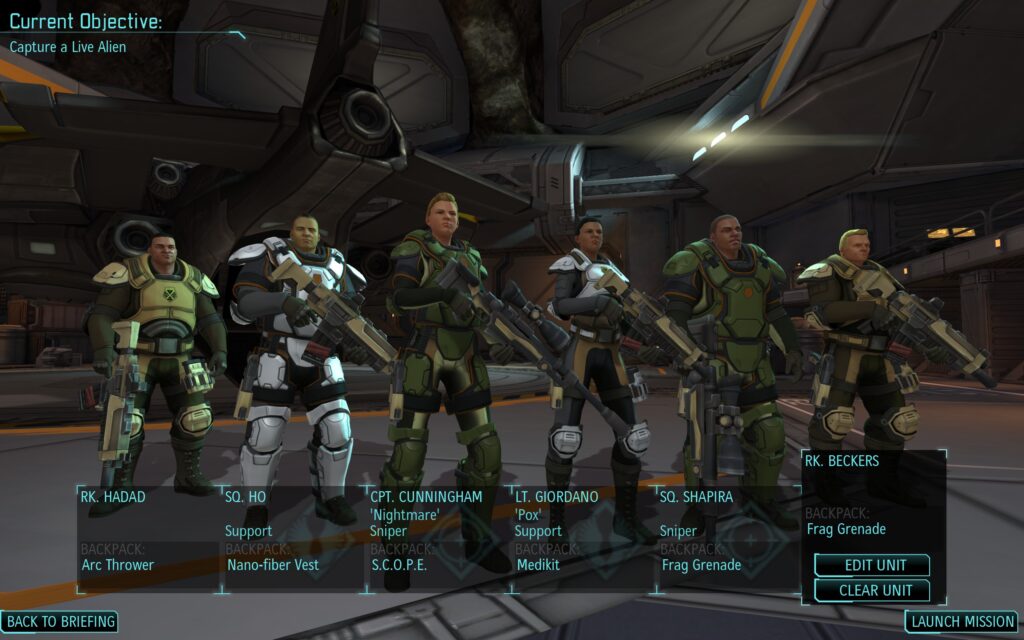
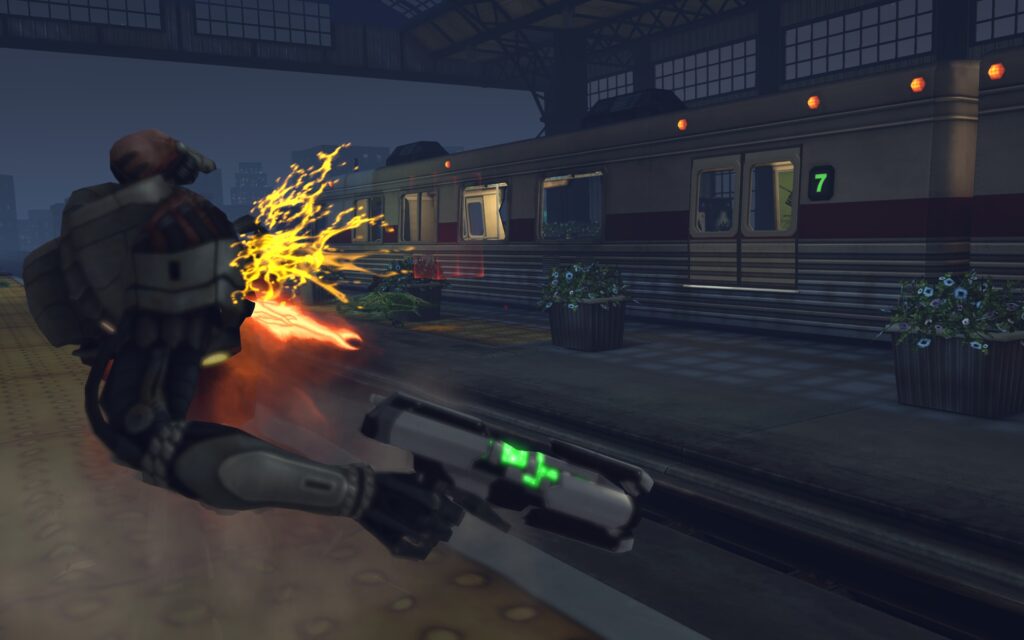
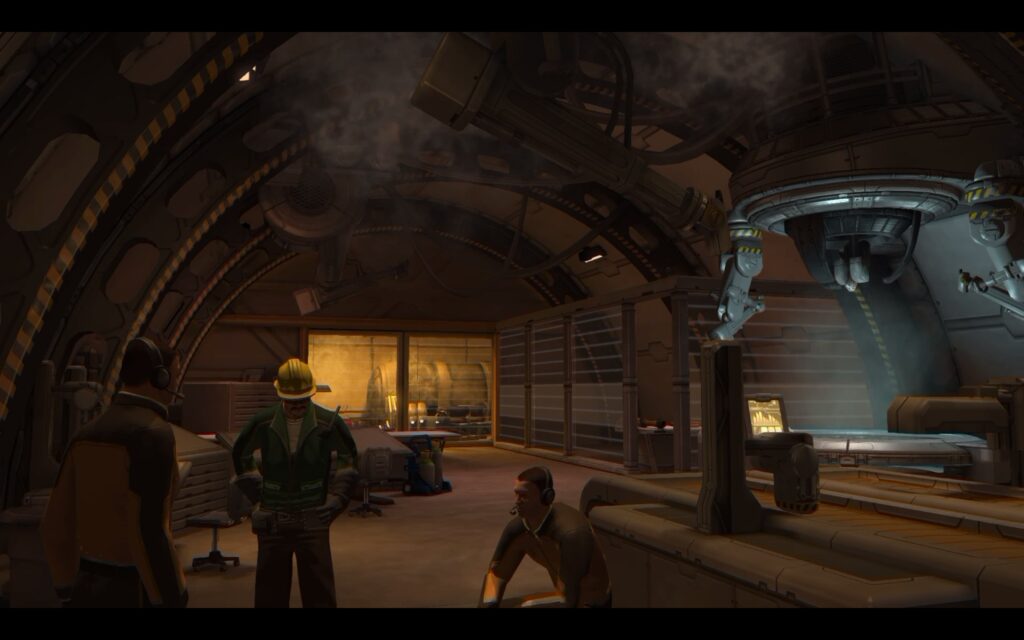
As soldiers rise through the ranks, they gain new abilities. Eventually you will have soldiers who can take two shots on a turn, carry more equipment, or use suppressing fire. These abilities open up new strategies that can be used on missions, and means it is important to choose the right soldiers for each mission.
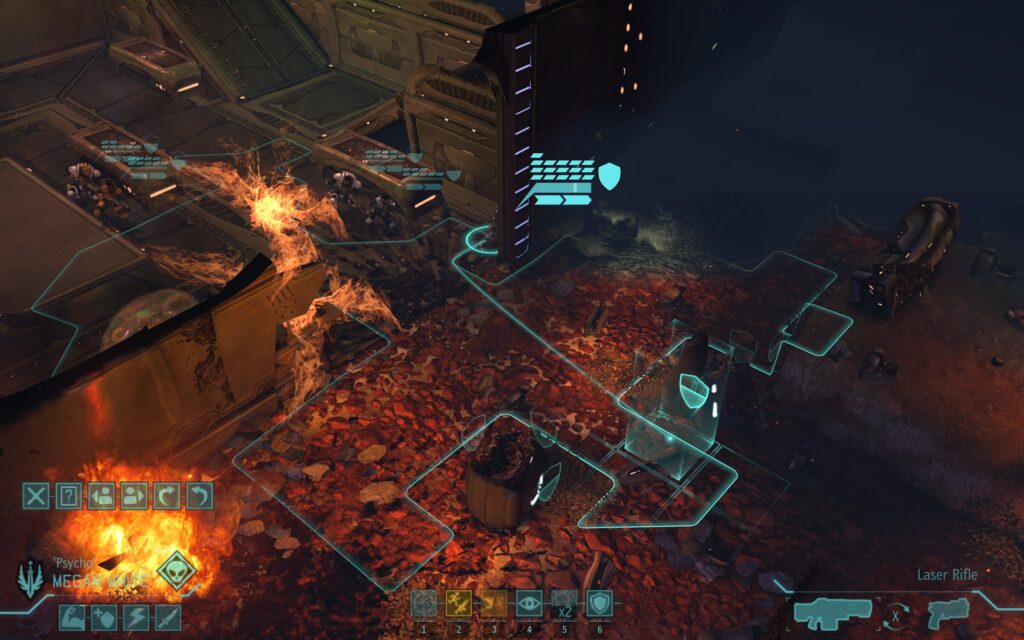

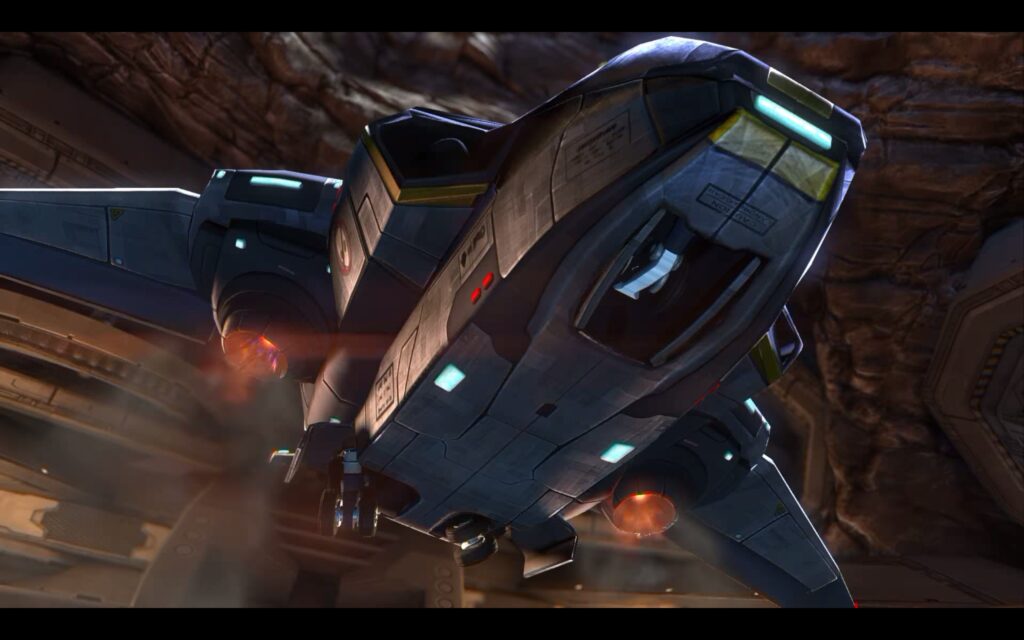
Soldier abilities are an entirely new feature for XCOM, and replaces the old system of numbers-go-up. While it limits the equipment each soldier can carry, these abilities are a ton of fun when you start using them in missions. Especially when they help rack up alien kills with ruthless efficiency.
Environment
XCOM replaces the 2D isometric graphics with a fully 3D environment. It’s over 12 years old at the time of writing, but the cities still look incredibly detailed. I was really impressed with the UFO designs, especially when you send soldiers to a crashed UFO and you can see the path it took as it hit the ground – broken trees and flaming debris scattered along the path.
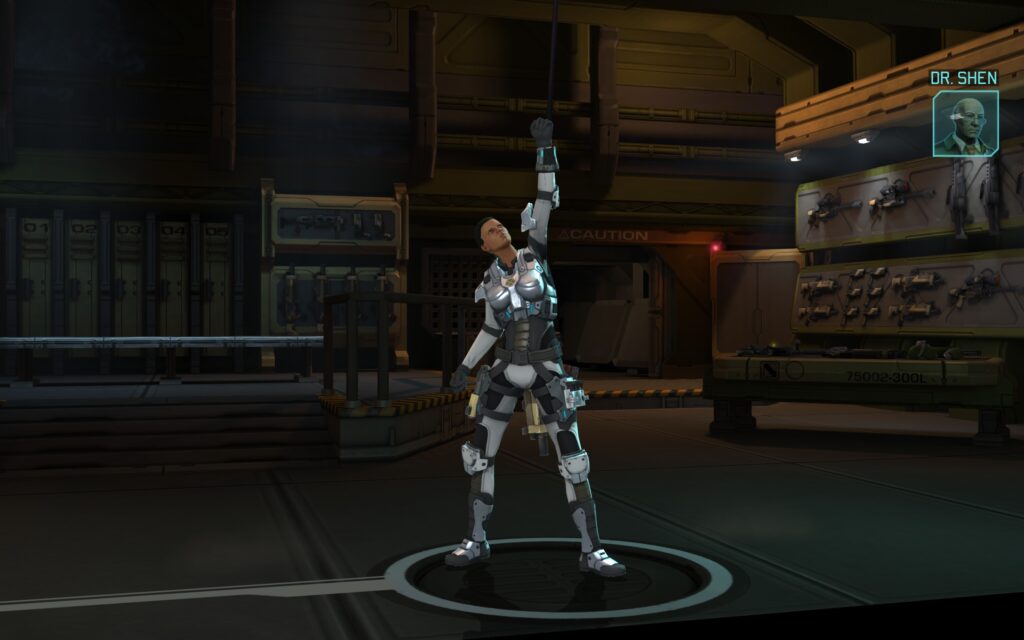
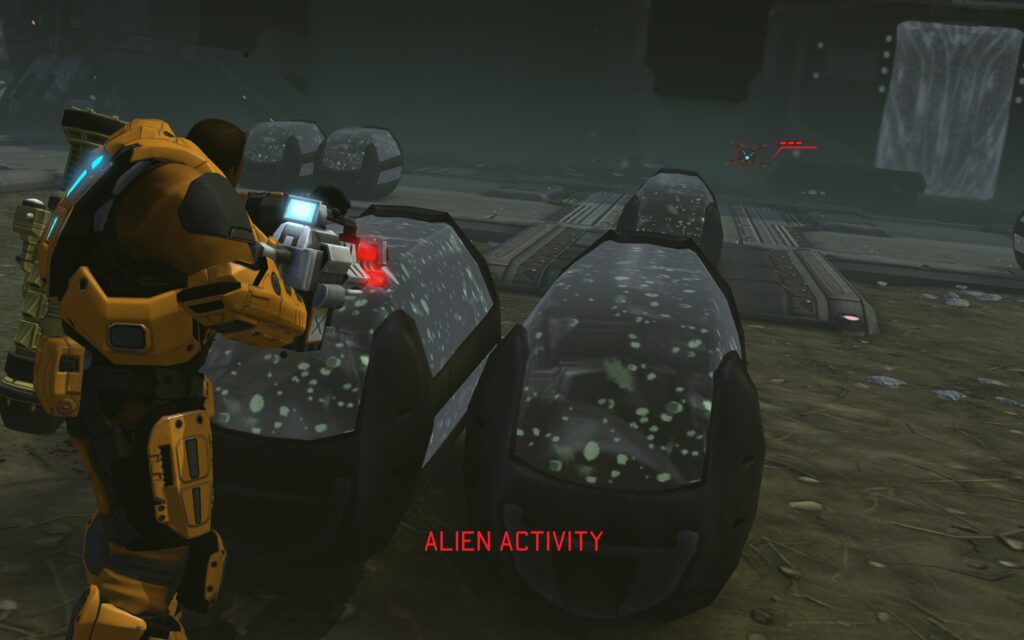
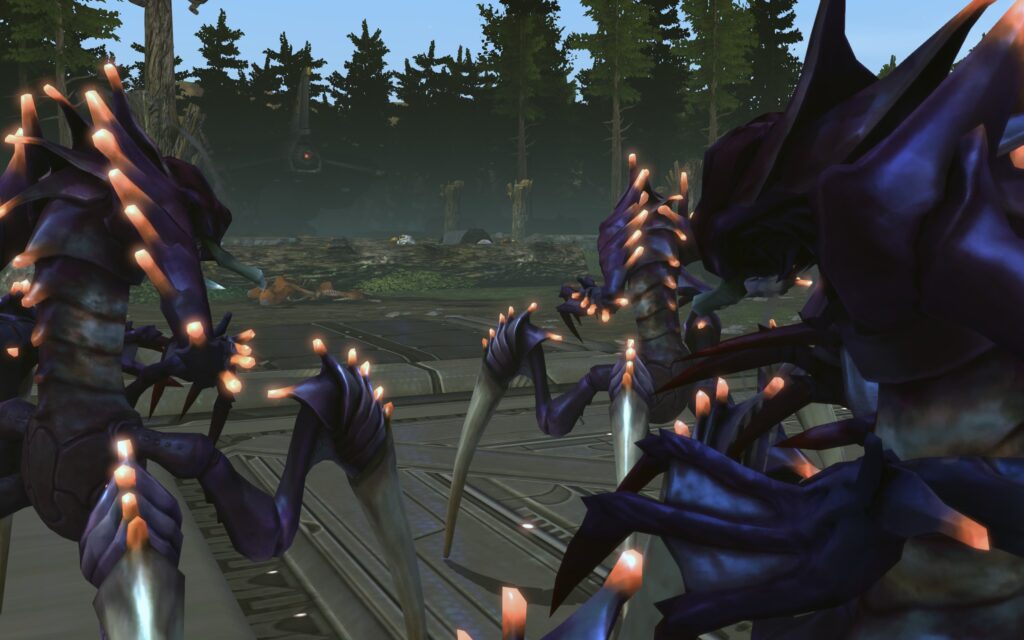
If I had any criticism of the environments, I would say there is less variety. Most cities look the same, and many missions use similar maps. This isn’t a major downside, however, as the shorter time to complete means that this repetition isn’t too noticeable.
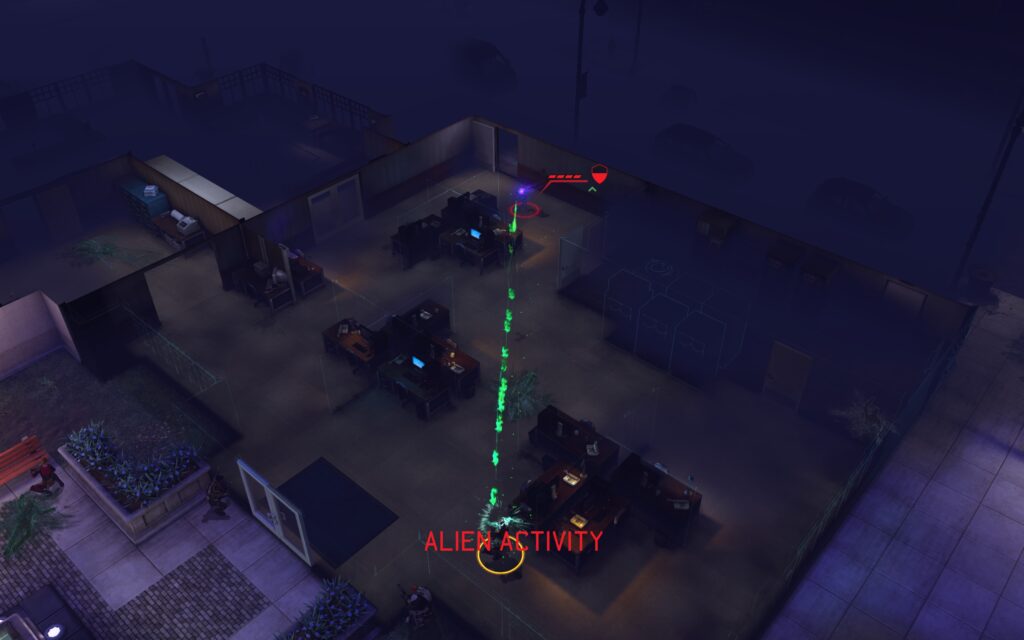
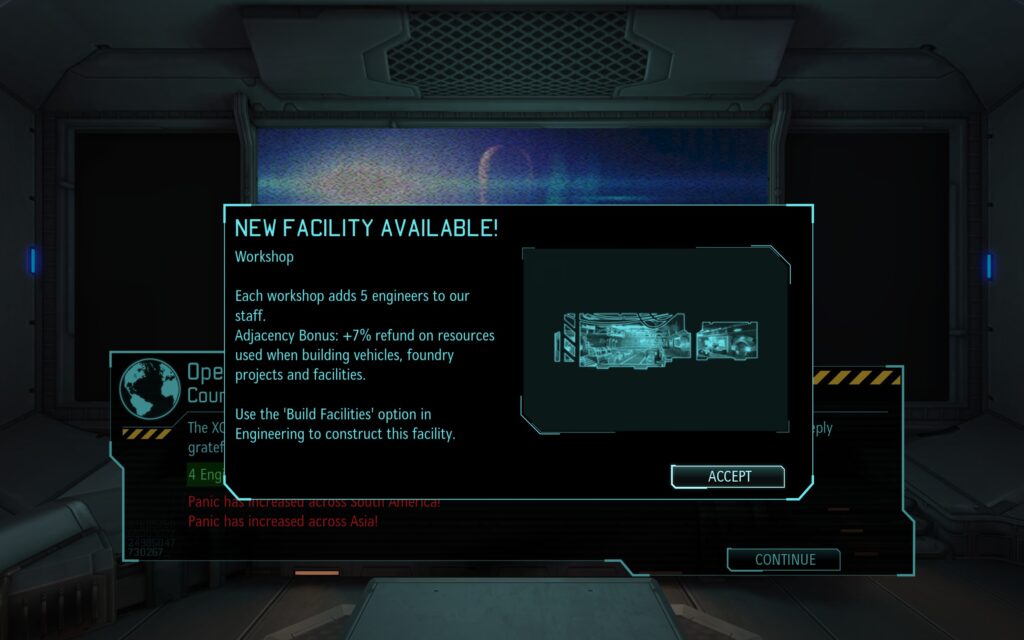
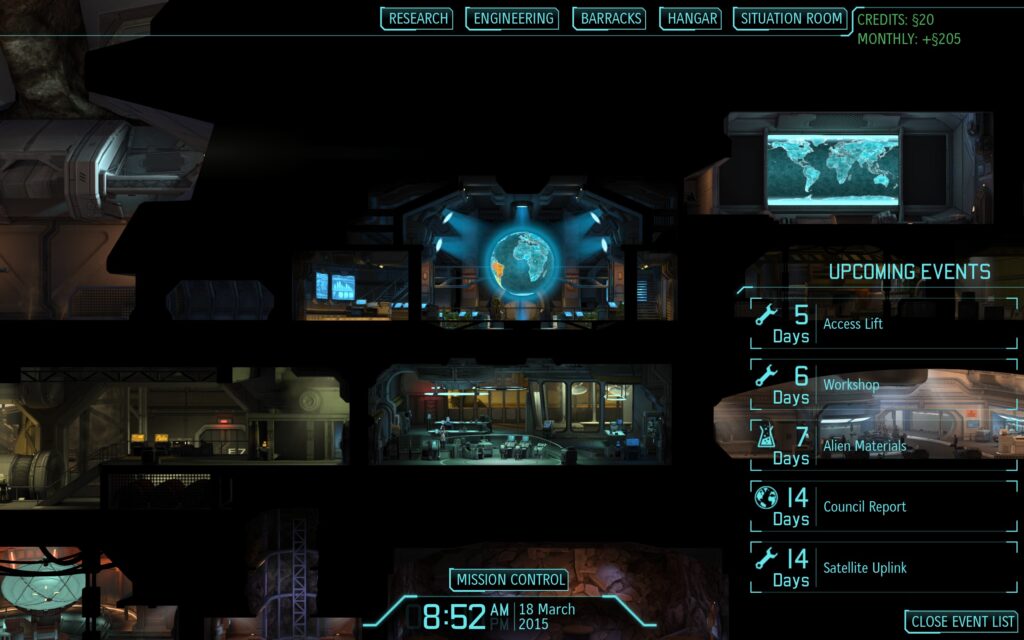
The aliens have been redesigned, but fans will recognise the sectoids, floaters, and mutons their soldiers encounter as the game progresses. I really like these new designs, they are reminiscent of the old while bringing something new to the table.
Absolute Cinema
Where XCOM really shines is in telling its story. In this game you have characters beyond the soldiers you send to fight the aliens. You play as the Commander, leader of the XCOM project. Directly beneath you is Central Officer John Bradford, who runs Mission Control. Dr. Vahlen leads the research team, and Dr. Raymon Shen leads the engineering team.
These characters add personality to the game, as they will discuss new research or give context to upcoming missions. UFO could feel lonely at times, but in XCOM you will interact directly with your team, making decisions and giving them orders.
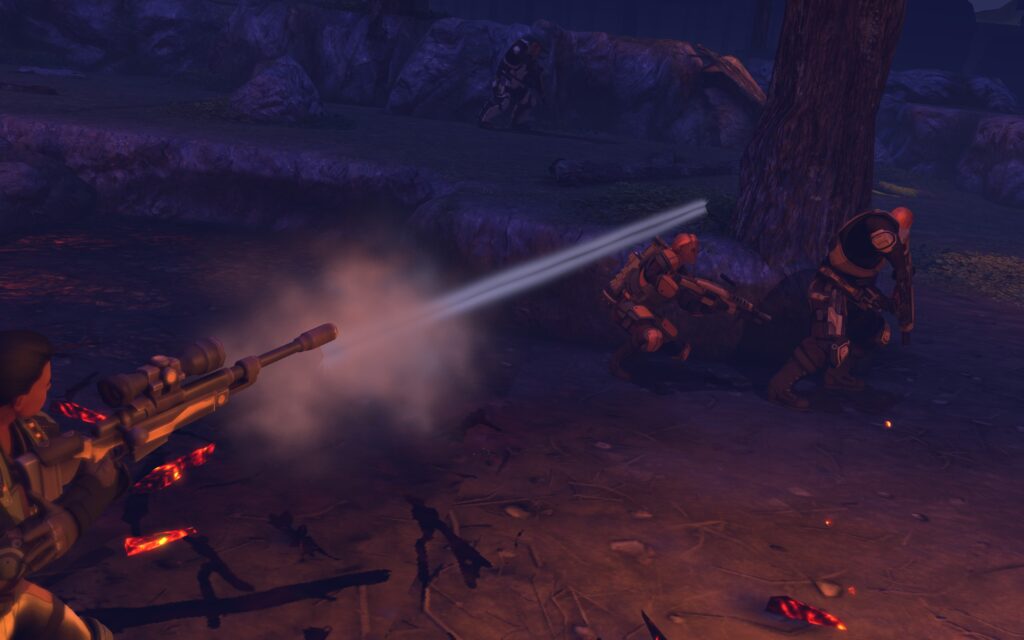
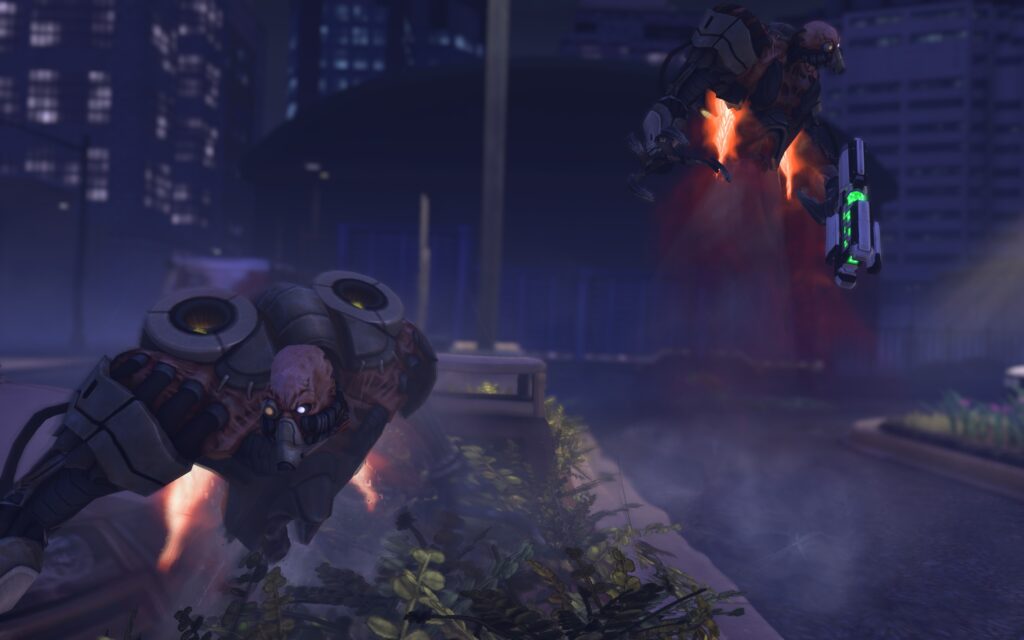
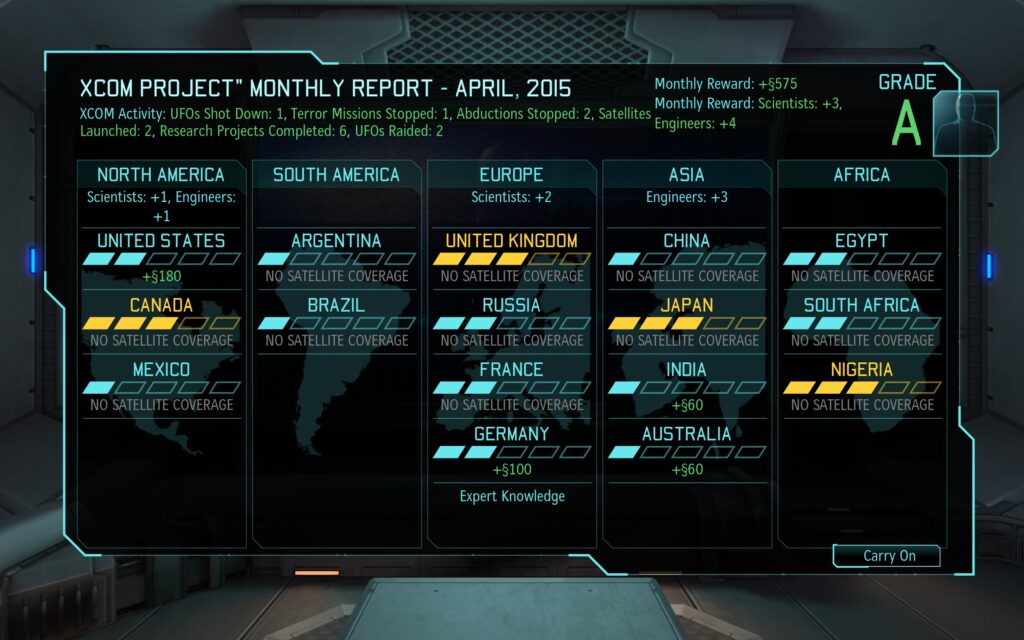
The game has many cutscenes that add flourish and immerse you into the world. Seeing the Skyranger1 land in various locations and your troops rolling out gets you pumped for the mission ahead. Death animations give you satisfaction as you see an alien die or explode, or genuinely make you feel the loss as a soldier is shot down.
Cutscenes are either really short and/or skippable, meaning that on replays of the game you can focus purely on the gameplay. They fit the pacing of the game and the urgency of the missions, helping set the tone for the story being told.
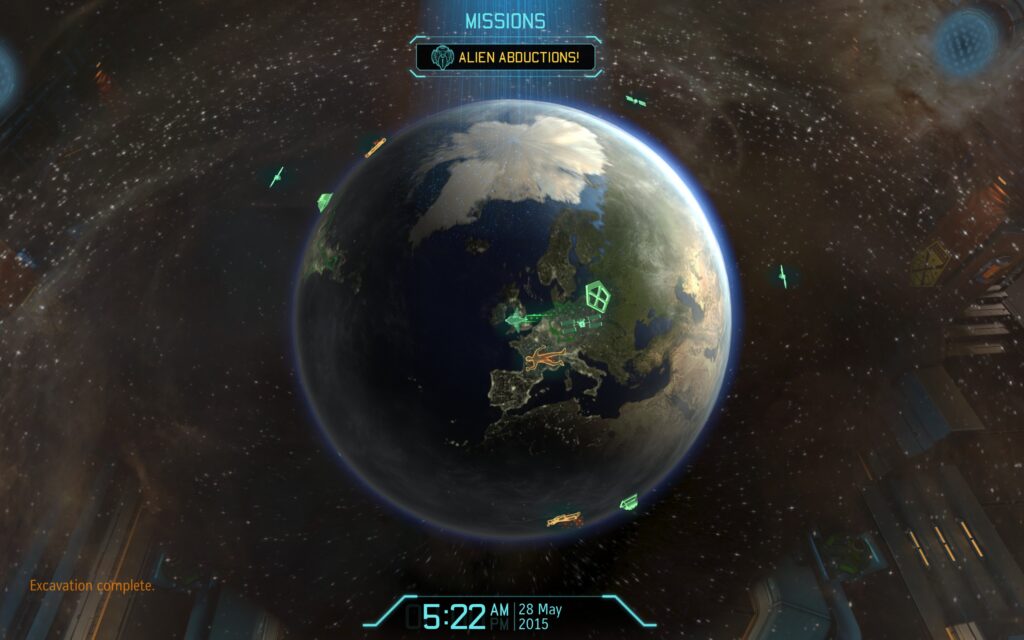
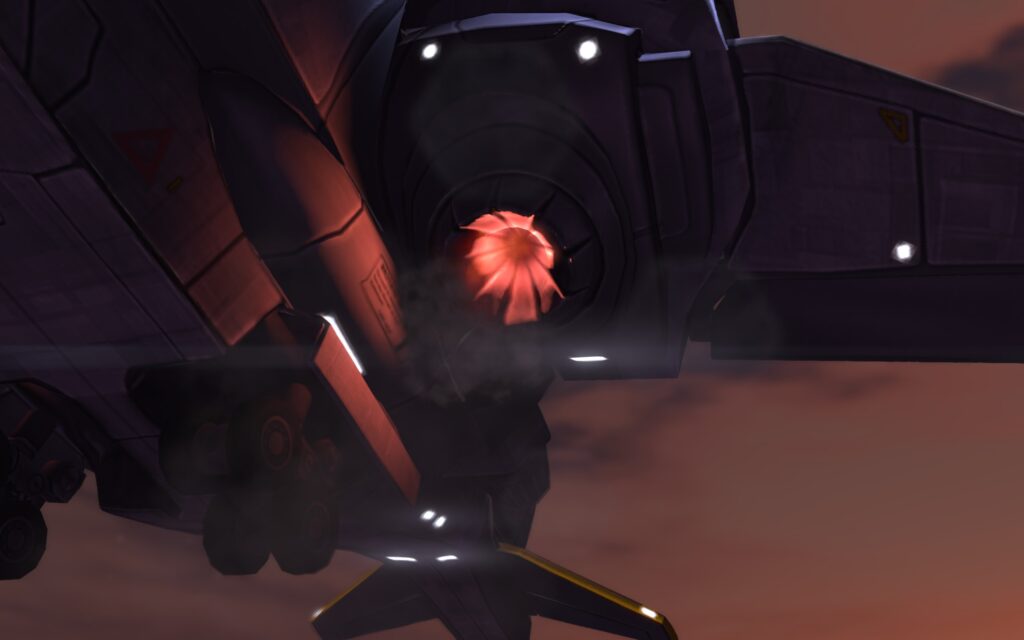
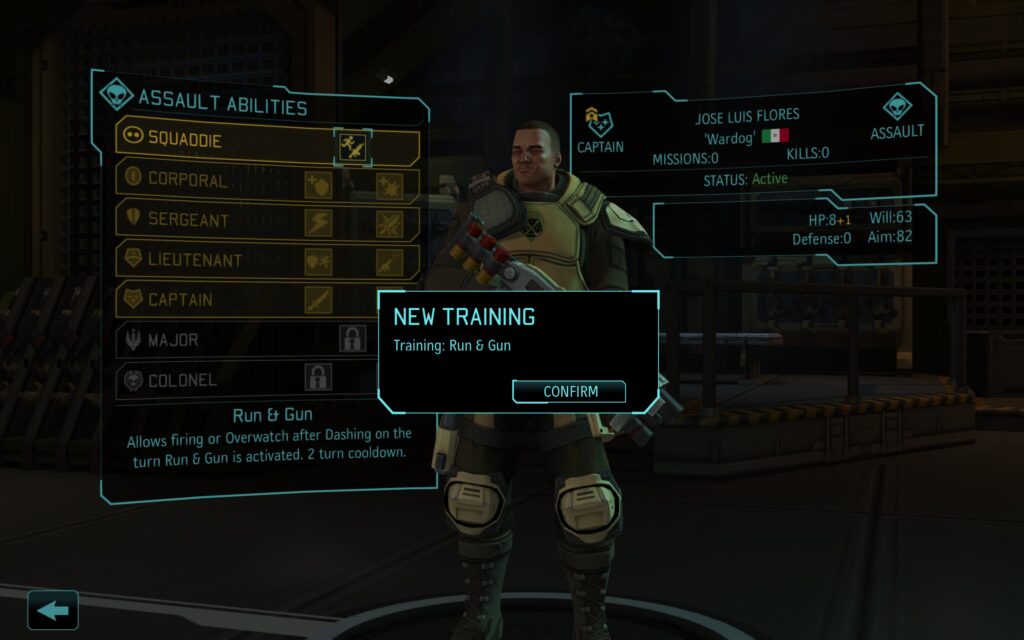
On top of this is a great soundtrack that is reminiscent of something like the X-Files or Stargate2, with a heroic military beat. You genuinely feel like you are leading an elite military force in a desperate struggle against the aliens.
It’s definitely a more exciting and cinematic experience, but does that make up for the streamlined gameplay and shorter overall game?
Old vs. New
So, is it better than UFO Defense? Does it succeed in bringing an old game to a new audience?
To answer these questions, I think you have to realise that the goal wasn’t to recreate the original with modern graphics and a better interface. The goal was to create an entirely new game that gives you the same feeling as playing the original.
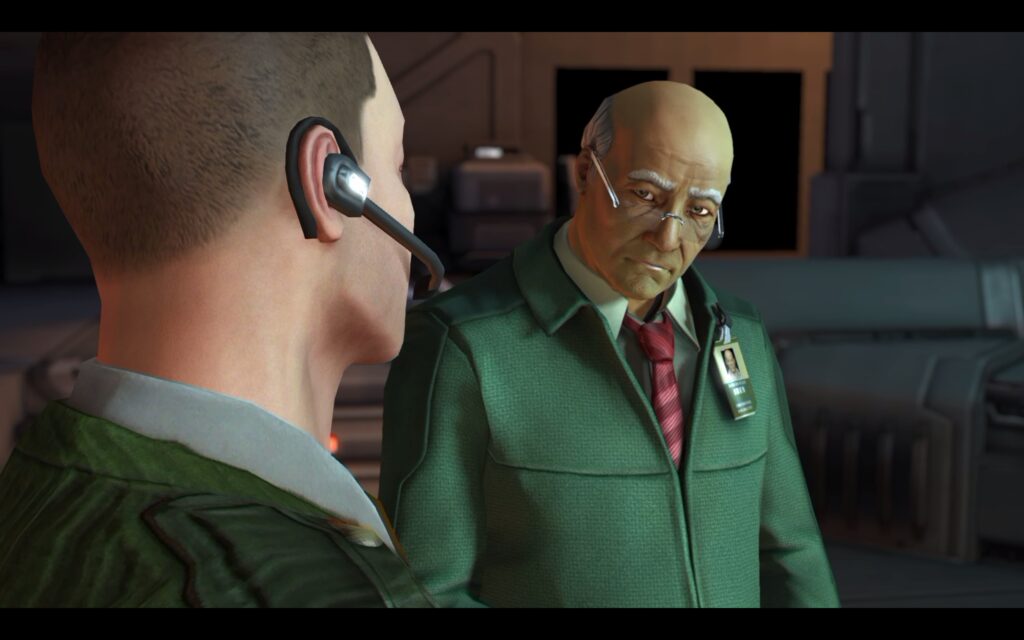
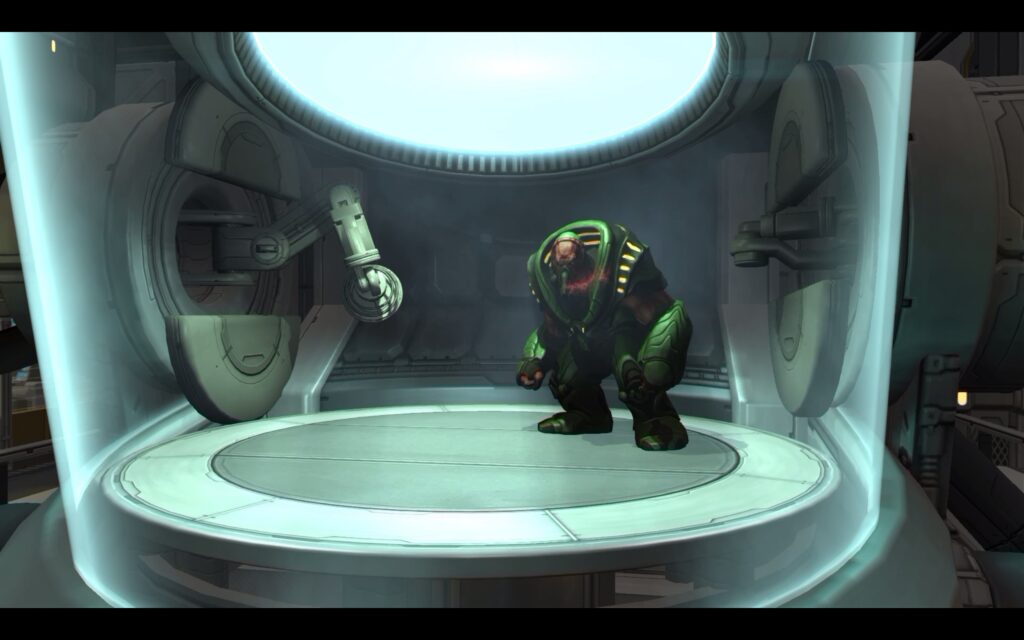
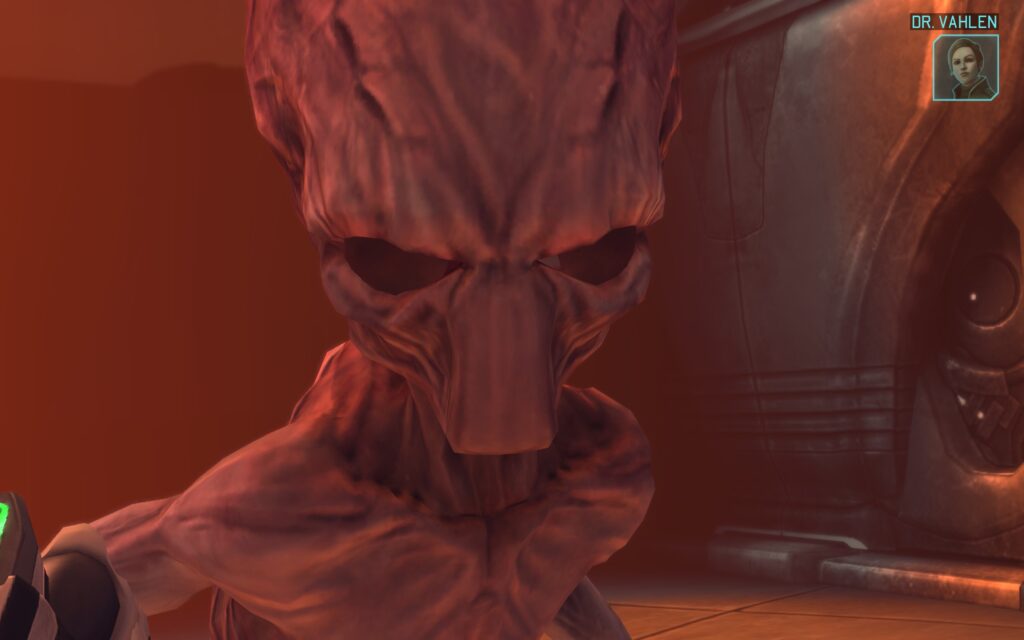
In that I think Firaxis succeeded extremely well. You have the Geoscape, Research and Engineering, soldiers going on missions and fighting aliens. You play as the first and last line of defense against an invading force.
A lot of features are streamlined, and this is for the better. UFO Defense was a great game, but it was also a little niche. Hardcore gamers who love strategy and playing with statistics3 loved it. XCOM is easy to pick up and player even for the most casual gamer.
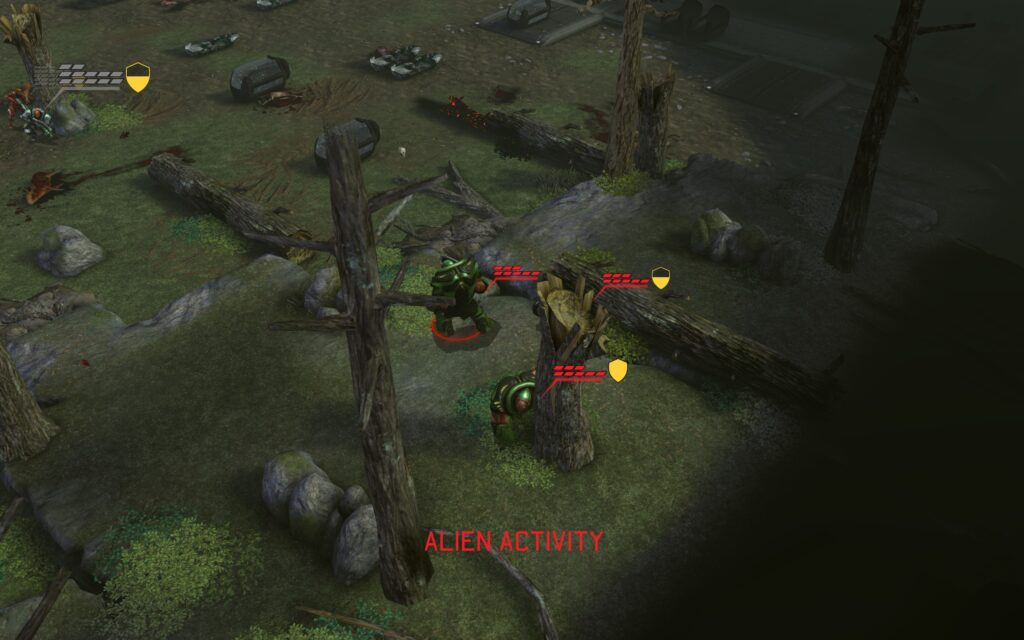
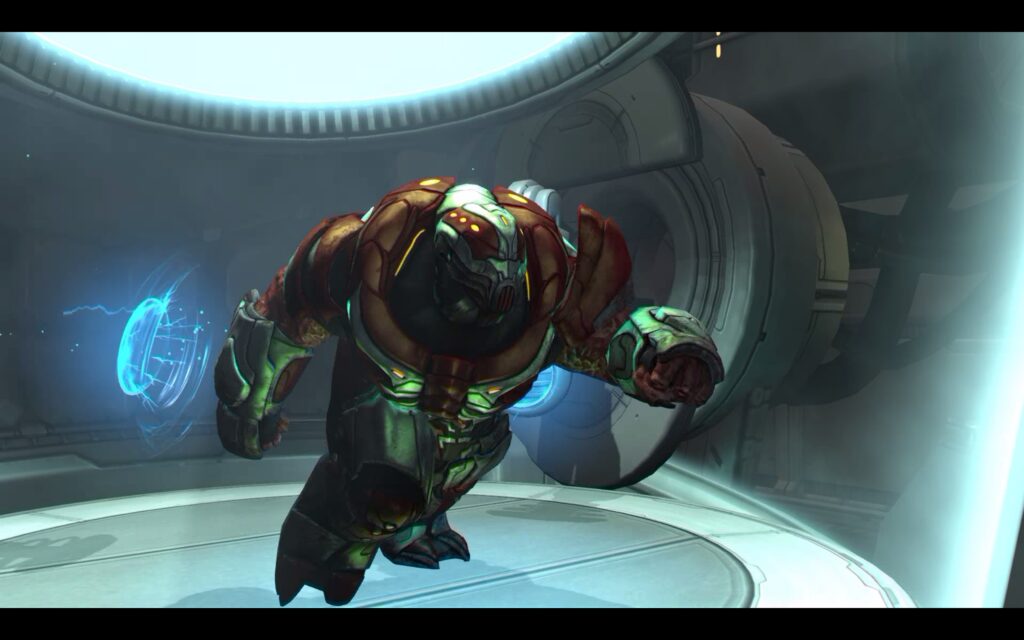
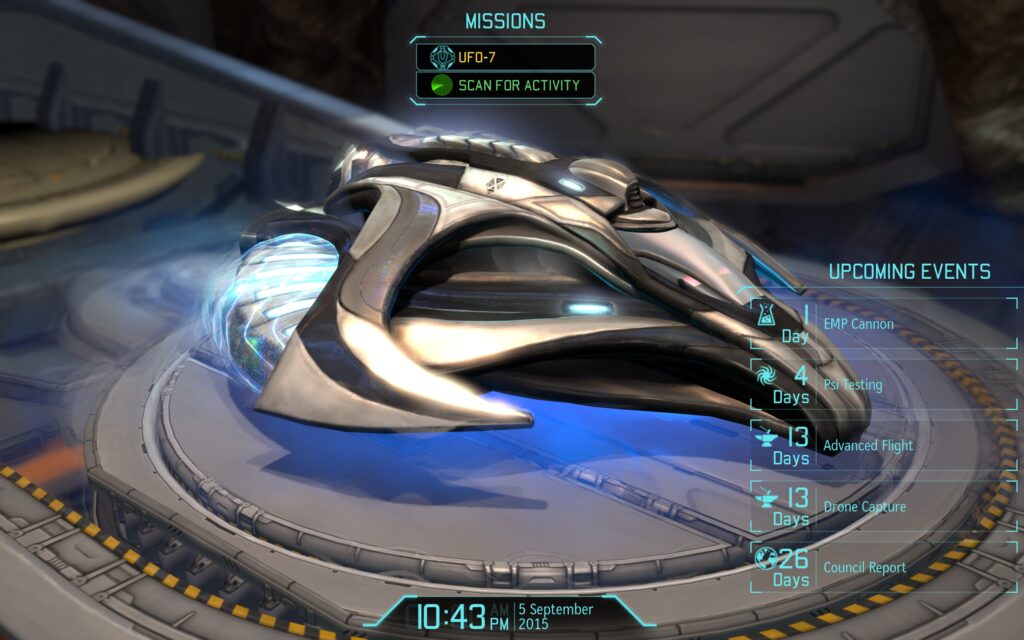
This isn’t to say XCOM is easy or simple, however. The developers have added more depth and complexity where it benefits the game. New features like the Soldier Abilities or managing Satellites and Panic Levels give players new considerations for their defensive strategies. It’s still a challenging and engaging experience.
I found the playthrough I did for this review a little too easy, but that’s only because I played on the easiest difficulty. The game offers harder difficulties, and an “Iron Man” mode, where you can’t go back to an old save if your favourite soldier dies. In addition to that, the popular Long War of the Chosen mod changes the game to make it just as challenging, if not more so, than UFO Defense.
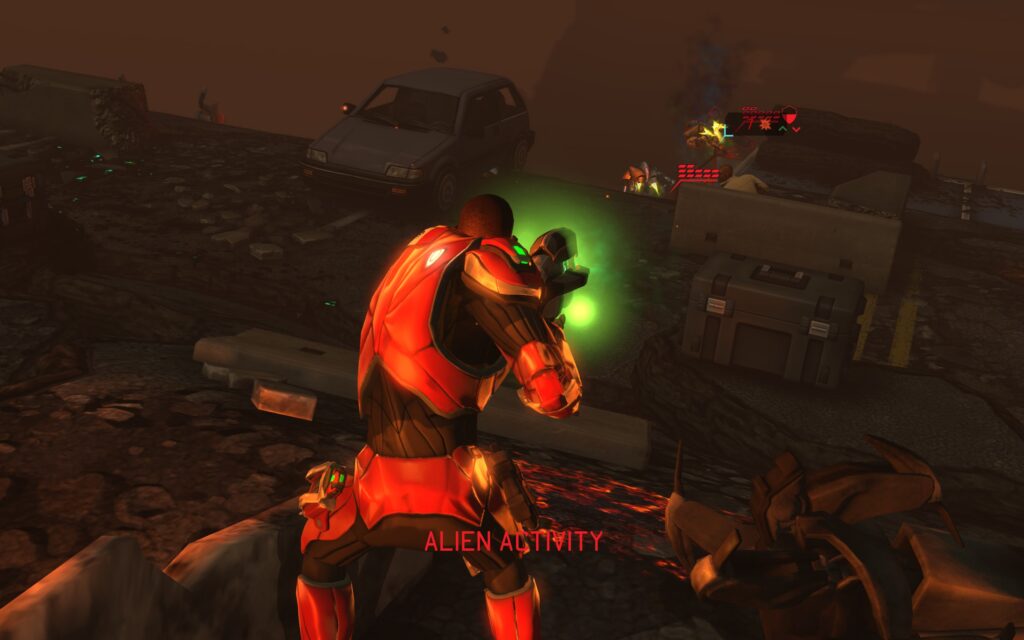

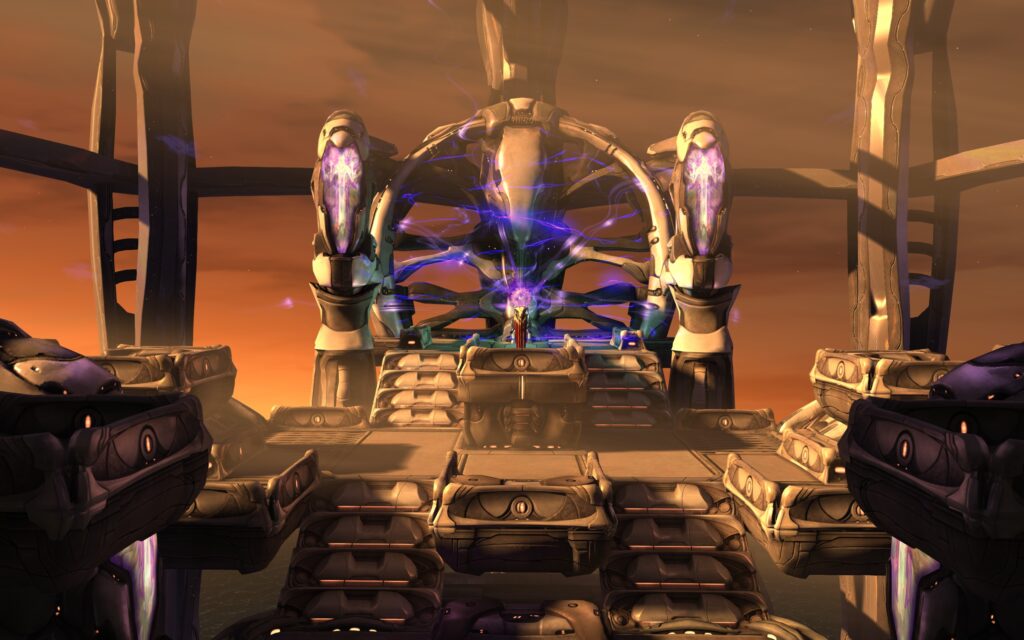
Whether you’re a seasoned veteran of the original or a newcomer to turn-based tactics, XCOM: Enemy Unknown stands tall as a brilliant reimagining that honours its legacy while blazing its own path.
- The troop transport plane. ↩︎
- Seriously, why isn’t there a game like this yet? ↩︎
- Including yours truly. ↩︎



